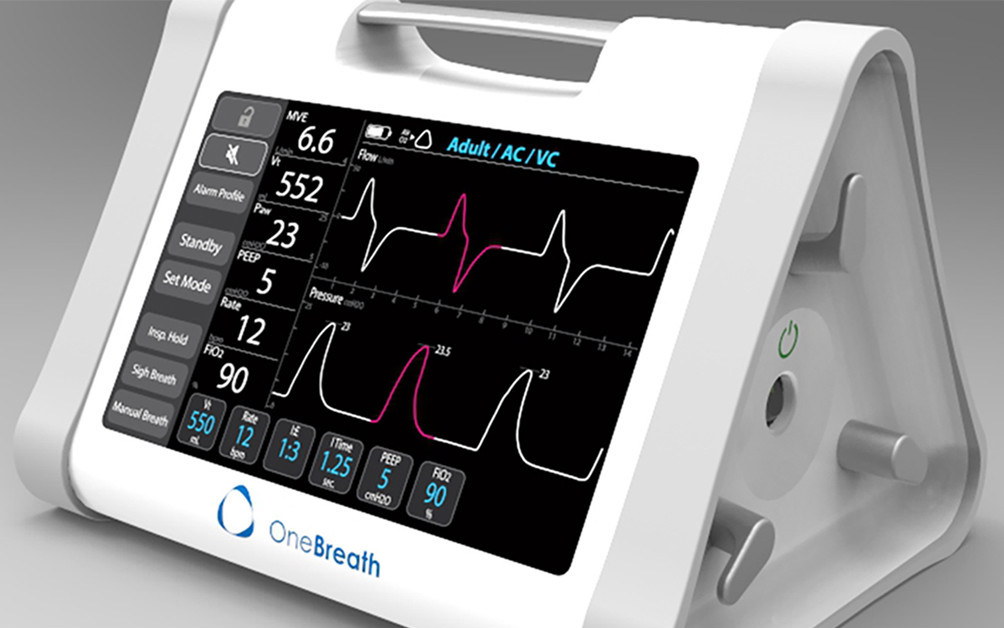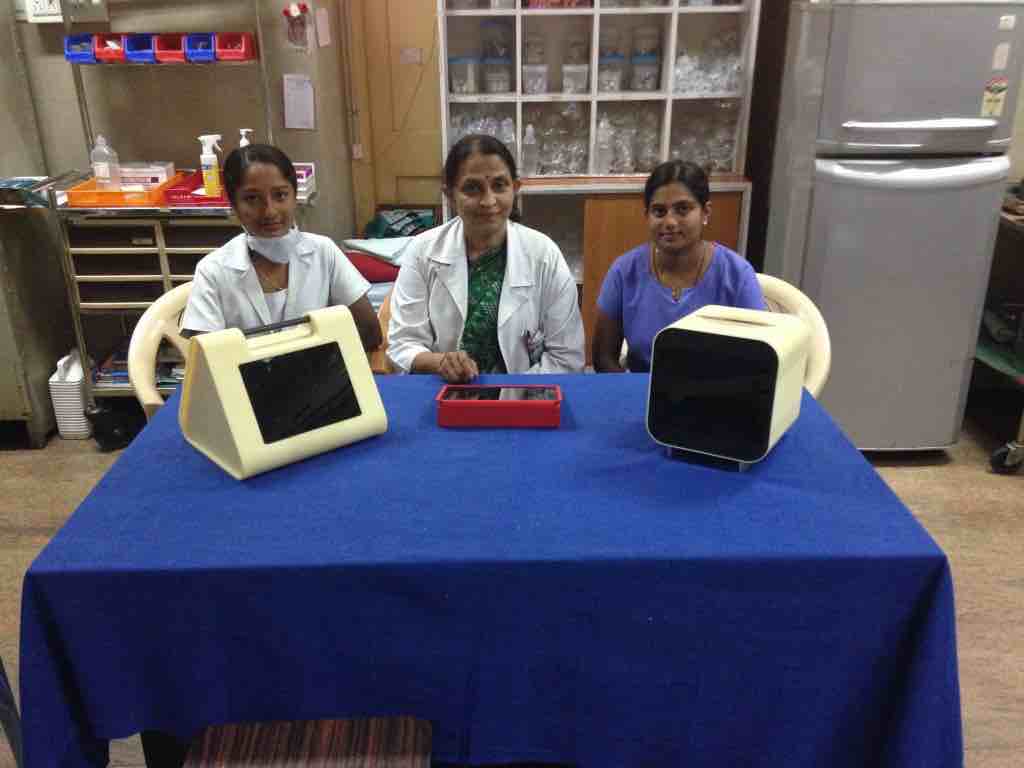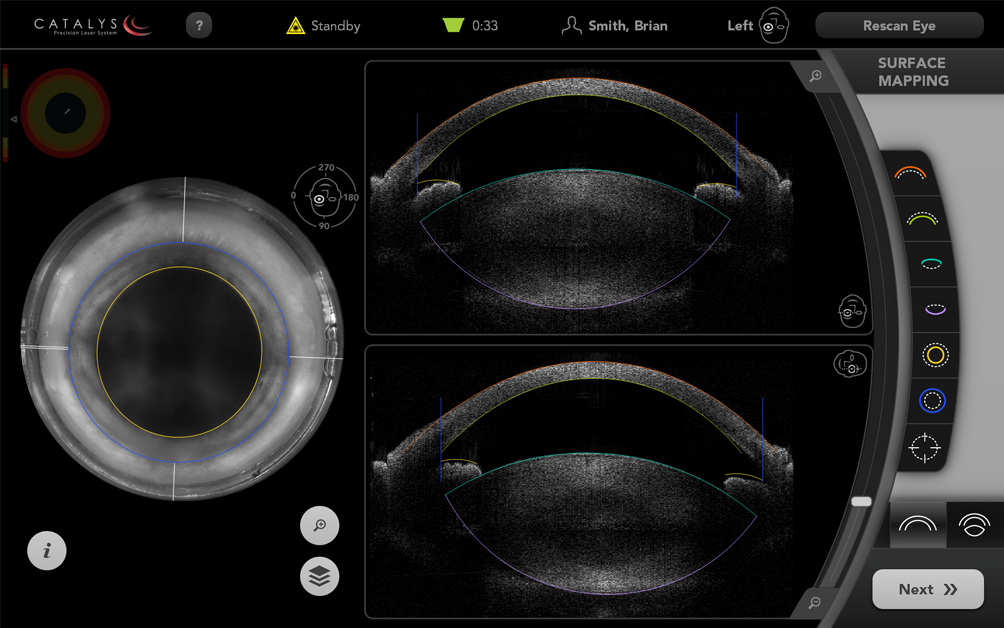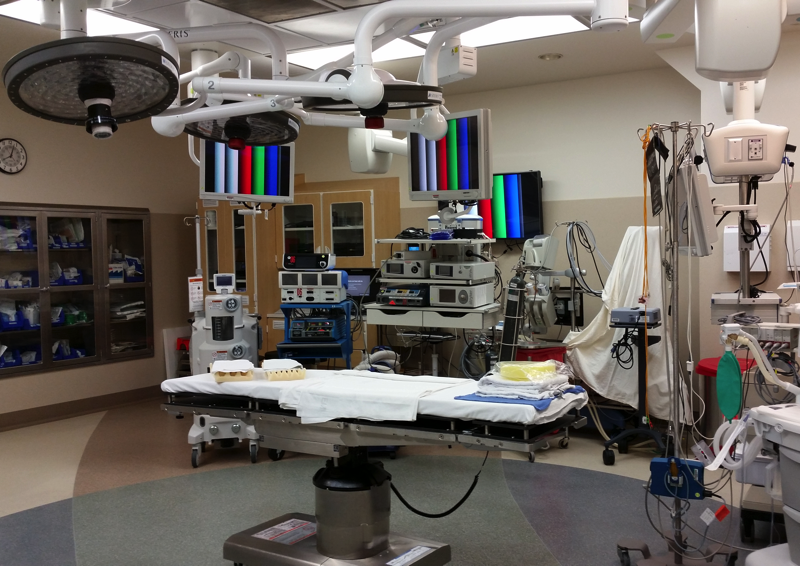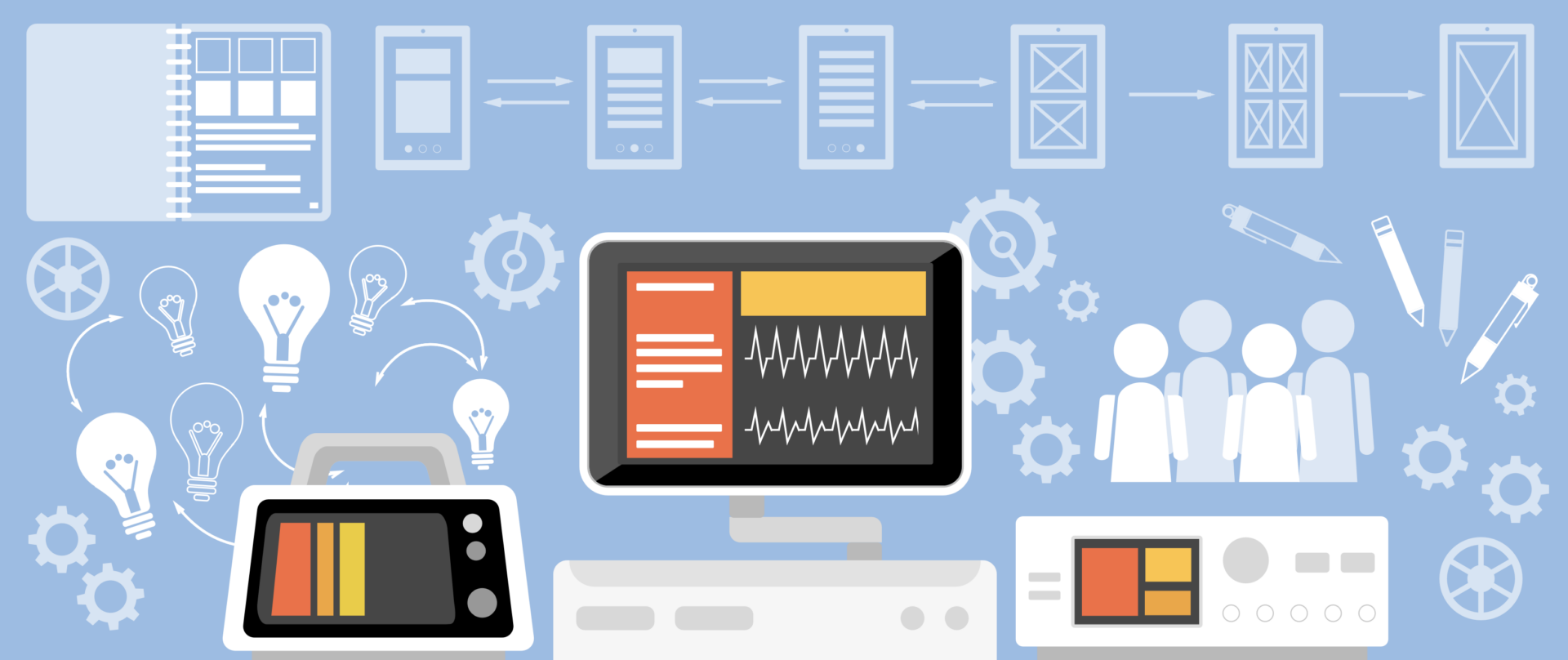
219 Design is an interdisciplinary product development firm. We are made up not only of software, firmware, mechanical, and electrical engineers, but also product and UI designers. By working together as part of one team, our engineers and designers are able to develop better solutions for the way products look, feel, and function. Our approach allows us to focus on common goals across all disciplines – exceeding both technical requirements and user expectations. Great product outcomes require both.
“Most people make the mistake of thinking design is what it looks like. People think it’s this veneer – that the designers are handed this box and told, ‘Make it look good!’ That’s not what we think design is. It’s not just what it looks like and feels like. Design is how it works.”
– Steve Jobs 2003 New York Times article “The Guts of a New Machine.”
Design Roles at 219
A product designer is ultimately a problem solver. They define the problem, gather knowledge, and then develop a concept that they continue to test and validate with end users until they have the best solution possible. Their main goal is functionality.
A UI designer solves the usability problem by designing the interface needed to use a website, application, or device. Our UI designers create compelling and aesthetically pleasing interfaces for our clients’ products so end-users can accomplish meaningful tasks.
UI Design for Hardware
Our UI designers work side-by-side with our engineers and product designers. This closes the understanding gap and ensures the interface will work seamlessly with the hardware. Equipped with tools like Framer.JS and Balsamiq, designer/engineer can iterate together to find the best solution quickly.
At 219 Design, UI design is a highly technical role. Most UI designers work on interfaces for mobile apps, websites, or PC software. However, at 219, the majority of our user interfaces interact with and control physical hardware.
Our designers create user interfaces to control a wide range of medical devices and industrial systems including surgical robots, laser eye surgery devices, transportation systems, and pedestrian safety installations. They drive the experience that industry professionals will have while using our clients’ products, ultimately influencing the usability and safety of every product they touch. To do this successfully, the designer must have a solid understanding of how the hardware works.
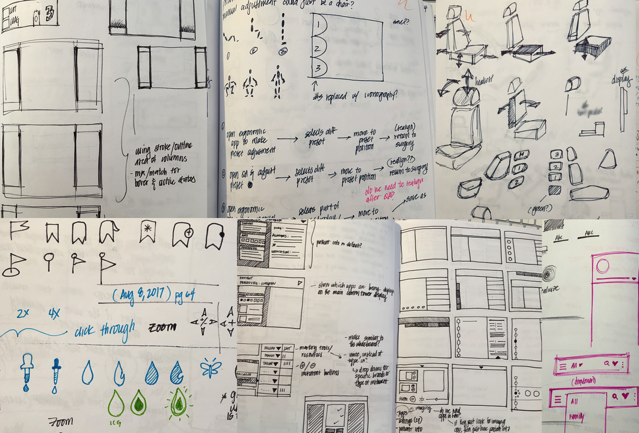
UI Designers are Immersed in Technology at 219 Design
- Our engineers and designers work side-by-side. This closes the understanding gap and ensures that interfaces work seamlessly with hardware. Designer and engineer can iterate together to find the best solution quickly.
- We cross train. Many of our engineers contribute to the design of the interfaces they implement as well. While they may not be fully proficient in all UI tools, they have a deep understanding of the processes and goals that come from years of experience. Our UI designers also develop a unique understanding of engineering concepts.
- Our designers are involved from day one. We bring design in early to give input into engineering decisions so our clients can understand tradeoffs between quality of experience, cost, size, and development time. Our team understands each other’s needs and goals.
- We work on a lot of medical device GUIs. As a result, we have a tool kit and process in place that has been refined over the years. Compliance with medical standards, clarity of information, and safety are the main focus of our design efforts here.
Successful GUI Team
Clients choose 219 because of our successful 10+ year history building award-winning user interfaces. Our clients can be confident that the end product will be well received by our their end-users, engineers, and marketing teams alike. If you need a great user interface for your hardware product, 219 Design is here to help. You can reach us at getstarted@219design.com.

